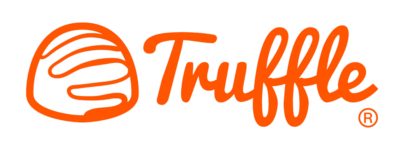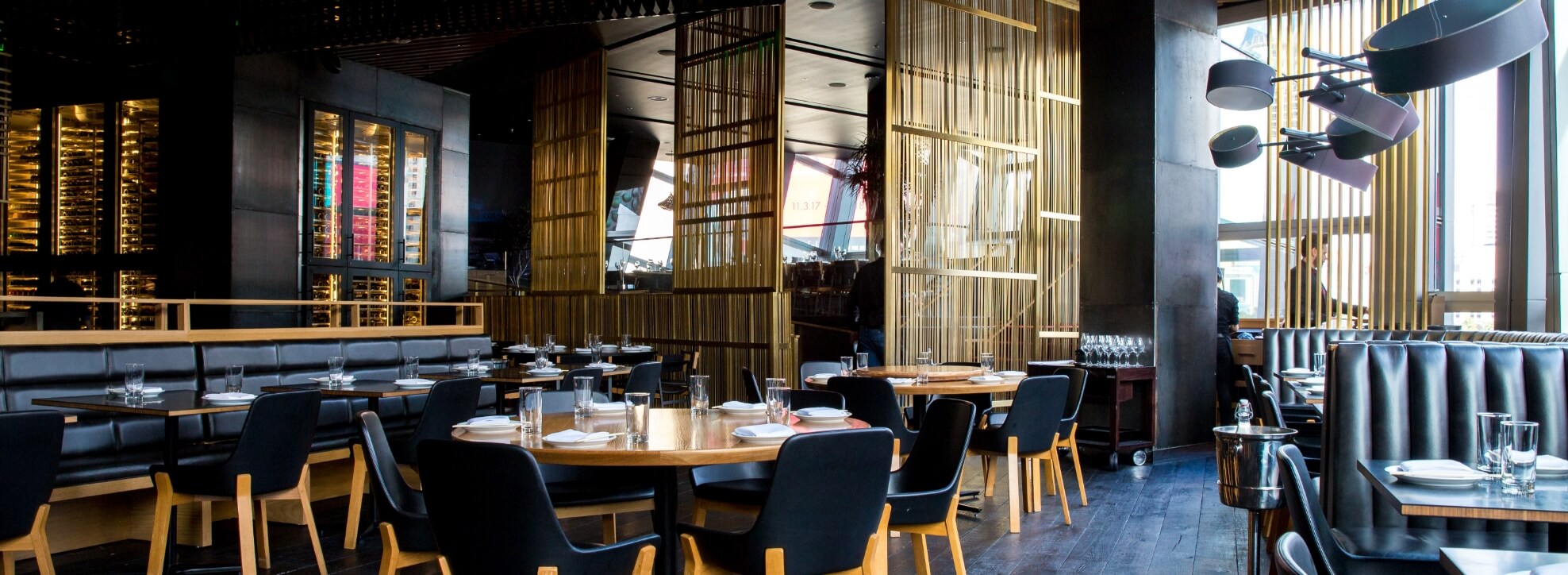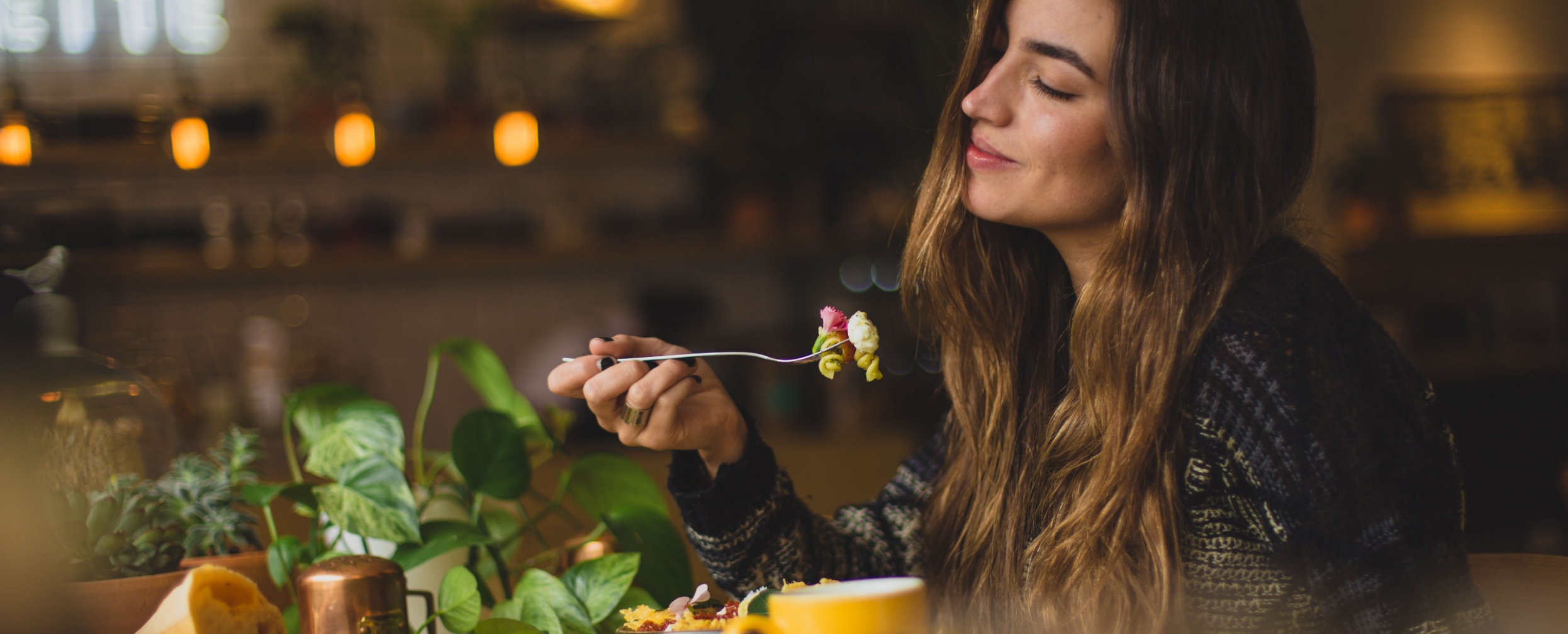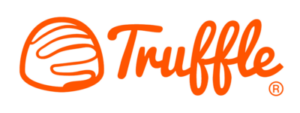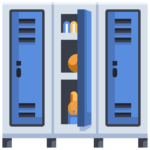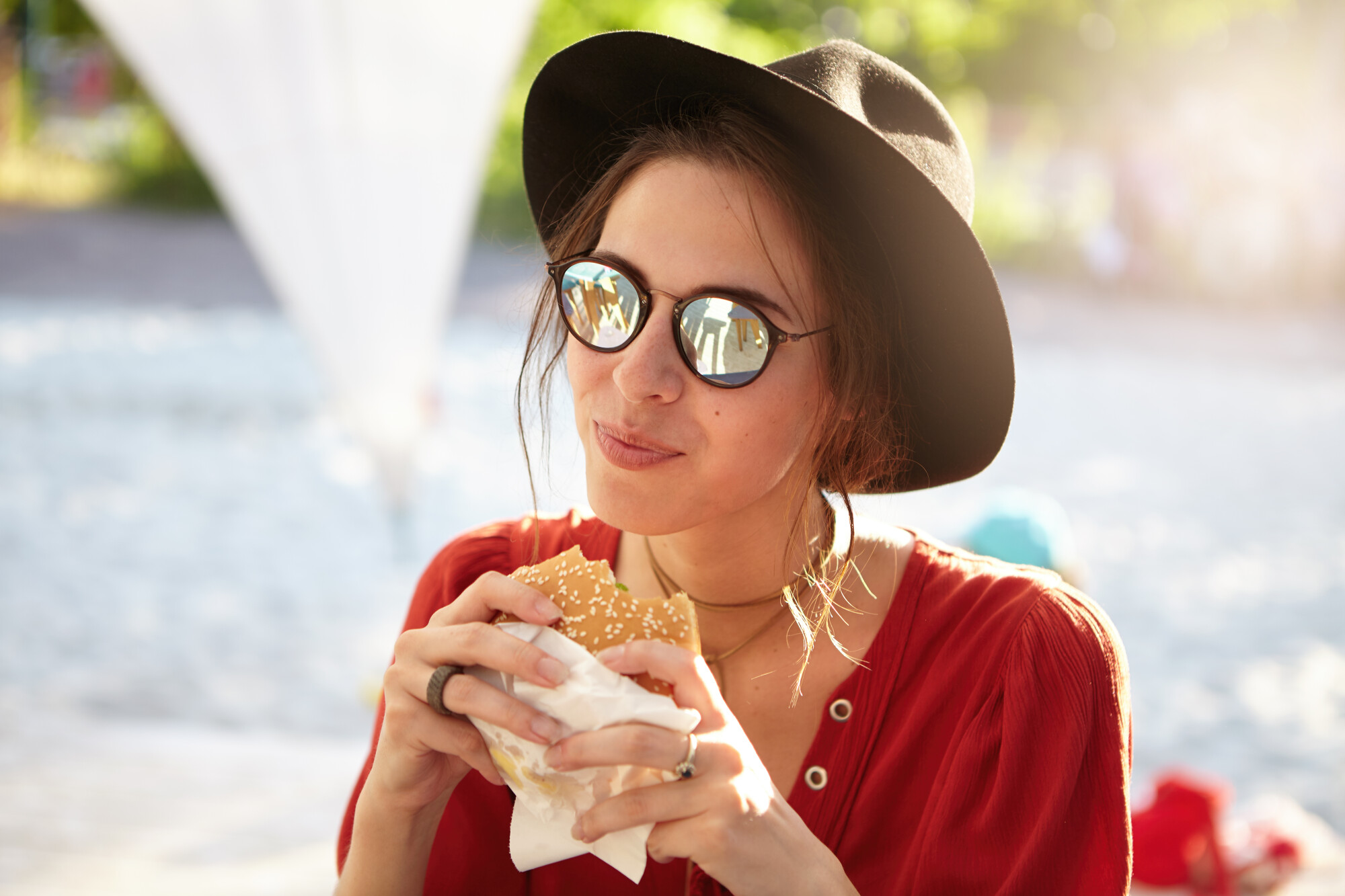Did you know that the rate of online ordering is growing 300% faster than in-house dining? Plus, 59% of millennial orders are for delivery or takeout.
It seems people are loving the convenience that online ordering services can bring them. And amusement park restaurants can also benefit from this new trend.
But there’s one problem. People can easily take food that someone else has ordered. Food pick up lockers can prevent this from happening.
Read on to learn how. You’ll also learn about some of the other ways food lockers can benefit amusement parks.
What Is a Food Locker?
By appearance, food lockers look like a set of lockers or cubbies. But they don’t look exactly like the kind of storage spaces you find at a school. The doors on these units are often clear so you can see what’s inside.
Plus, manufacturers have made food lockers to hold food. You can put food in school lockers. But you can expect it to start to smell after some time.
How Do Food Lockers Work?
The process starts with a customer placing an order. They may do this at the restaurant via a cashier or a digital kiosk. Others may prefer to use an online ordering app.
After placing the order, the customer should receive a text or code on their phone. If they order in person, they’ll see their order number on a screen above the register.
At the same time, the restaurant kitchen workers will receive the order. They will work on it until completion. After completing the order, the workers will place the order in a food locker cubby.
The customer can receive a notification when the order is complete or see the number on the order screen move. They must then go to the food locker. After entering a PIN or scanning a QR code, the locker will release the food to the person.
Benefits of Food Pick Up Lockers
The whole process seems pretty simple on the surface. And you may think that using a food locker is no different than using a counter. But you’d be wrong.
Food lockers enhance how restaurants deliver food to people in several ways.
No Wait Times
People order takeout because it’s more convenient. However, people may still have to wait in line to pick up food.
This happens when an employee is in charge of grabbing food and giving it to customers. They may have to switch between dine-in and take-out customers during busy times. Some may even need to switch between the kitchen and take-out counter
Food lockers allow customers to serve themselves. So restaurant workers can focus on tasks other than handing out orders.
Lower Theft Rates
Food lockers will only give up their orders to people with the right code or PIN. This isn’t the case with a counter. People looking to score a free meal can just grab a meal off the counter.
If too many people steal meals, you can lose a lot of customers. But having your employees check IDs can waste precious time. A food locker is the better choice.
Warmer or Colder Food
Most food pick up lockers aren’t just locking cubbies. They can also act like fridges or warmers.
Workers can set the temperatures of each locker. If it must hold food that needs to stay cold, they can set the cubby to a cold temperature. They can also set lockers to warm food that needs to stay warm.
Your customers shouldn’t have anything to complain about temperature-wise.
Better Space Usage
During meal times, your restaurant can fill up with both dine-in and takeout customers. Both of them will wait in line or sit down while they wait for their orders. But only the dine-in customers should be the ones who need to stay there.
A crowded restaurant is a problem because customers may not want to stay in a crowded restaurant. They may also believe that the wait times will be long.
With food lockers, customers can easily just grab their food and go. Then your dining room will stay less crowded and you’ll attract more customers.
Collecting Data
Most food lockers have smart features that allow restaurants to collect data. This can help restaurants pinpoint difficulties with their operations. They can change their operations around to better their customers’ experiences.
For example, they can track how long it takes workers to make and load an order. If this isn’t satisfactory, restaurant managers can figure out what’s slowing workers down. They can then fix things so that workers can get orders out faster.
Benefits of Amusement Park Food Lockers
Most amusement park restaurants can benefit from food lockers in the same way that regular restaurants can. The main difference is probably where and when guests will place orders. A lot of guests will likely place orders while they’re somewhere in the park.
Also, something important to remember is that amusement park guests will wait in lines a lot. What can they do if they feel hungry while waiting in line? They can pull out their phone, open your app, and order some food at a nearby restaurant.
Guests will love that they can have their food waiting for them after they exit a ride. They may also think the same about certain pieces of merchandise. Whatever guests can order online, they’ll likely buy.
Smart Lockers for Food With Truffle
So don’t miss out on making your amusement park restaurant more effective and profitable. Get food pick up lockers!
And if you get food lockers, consider getting Truffle as well. Our software can connect everything in your business together. Book a demo with us today.
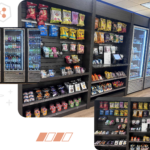 Micro Market
Micro Market